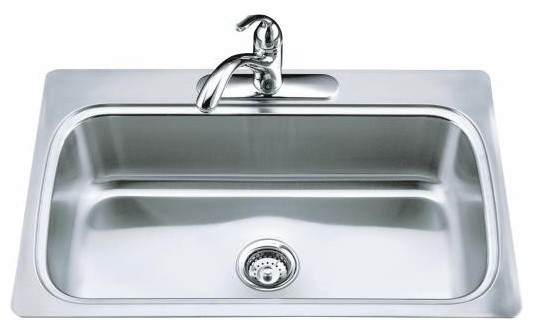Tales Of A Fourth Generation Textile Executive: Ways In Which A Quilt Line Is Developed


A question that I am frequently asked is, how is a quilt line developed? This is truly a great question. In my family of companies, our lines come to life in various different ways of which I will discuss below. I imagine that there are many other approaches that other companies take, so I can only speak from my own experience, here goes.1. We buy art and develop a line. There are tons of studios in New York that have unlimited amounts of art to sell. These studios have various artists that contribute to their broad portfolio of designs that they offer. Each studio has a specialty or at least a type of look that we can expect of them…some are better than others. We pay in the $500 range per design. I can write an entire blog about this which I may do another day, but basically I want to tell you what we do with the design after we purchase it. We develop an entire line around what will be, in most cases, the lead or key pattern for the line. Thereafter, we (our designers) develop the sub lead patterns and then they search the designs for little coordinates that they could use to round of the line. Somewhere in between, the designers use their creativity and textile knowledge to select colors for the lines and to make things like book patterns, panels and other special engineered prints (tree skirts and Christmas stockings to name a few) that typically are the best sellers in a grouping.

2. Licensor Lines. We are always searching for important people in the quilt world, licensing world, special artists, quilters and anyone else with the creativity to become a licensor. Some Studioe licensors include: Pepper Cory, Sarah Frederking, Dt-K Signature, Debi Hubbs, Jodi Barrows, Jennifer Brinley, Diane Eichler, Lucie Crovatto and so many more talented folks. There are several ways in which a licensor works. The first one is easy and this is where the licensor creates and develops an entire line and submits it to us. We love these. The second way is where the designer submits some sketches and makes color suggestions and our team does the rest with some back and forth between the lead stylist and the designer. The third way is where we develop the entire line and we put the designers name on the line to help us promote the line as a big name can take a line a long way. This is the least common way, but it does happen. The final way is where the licensor shows us other designs that they have already sold for other licensed products and we pick and choose what we like and develop a line around it.

3. Trends. This is a very broad way in which we find lines. It could be that there is a hot color trend and we develop an entire line around a single color that we expect to be popular (purple or grey recently). We get ideas from window shopping, reading magazines, visiting quilt shops, going to quilt market, watching tv, searching the internet and just having your eyes open and being alive living life. You just never know when the next line idea will pop in to your brain. You can often find my dad or I giving media clippings to our designers for inspiration. In a way, we are all designers which is helpful because we can never have enough lines. For me, I often find a lot of inspiration from the motifs on my kids clothing. There is no shortage of size 3 pajamas floating around the office.

4. Suggestions. You would be amazed with the number of suggestions we get for lines every year and a lot of times these suggestions are spot on. One great resource is our team of sales reps as they have their fingers on the pulse of the quilt shop owners and these people really are in the know. We take great care to examine all these suggestions as they typically are true gems. So thank you for making suggestions and offering them to our team…I hope you realize we study each suggestion very carefully.

5. Seasonal. Every year we know that we will be doing a certain number of holiday lines (Christmas, Harvest, Halloween, Valentine’s, Easter, etc.) In these cases, we really back in to these lines by requesting submissions of these types from our licensors and from our art studios.

6. Miscellaneous. This is the kitchen sink approach. A perfect example of this would be the development of a line based around a dream. Another one would be the creation of a line after seeing a storm or something like that. Recently, I came across a fire rainbow and I suggested to the lead stylist that this would make a really cool line. So stay tuned.

In other words, there is no simple equation to the creation of the line…they just happen. We truly never know which lines will be successful and which will be duds until we go out and start to sell. But as you can see, lines can be developed from the most unusual places.
That all being said, what other ways have you heard that lines are developed? Do you have any suggestions of lines we should run? I would love to hear all about it.
Sayonara From Studioe Scott